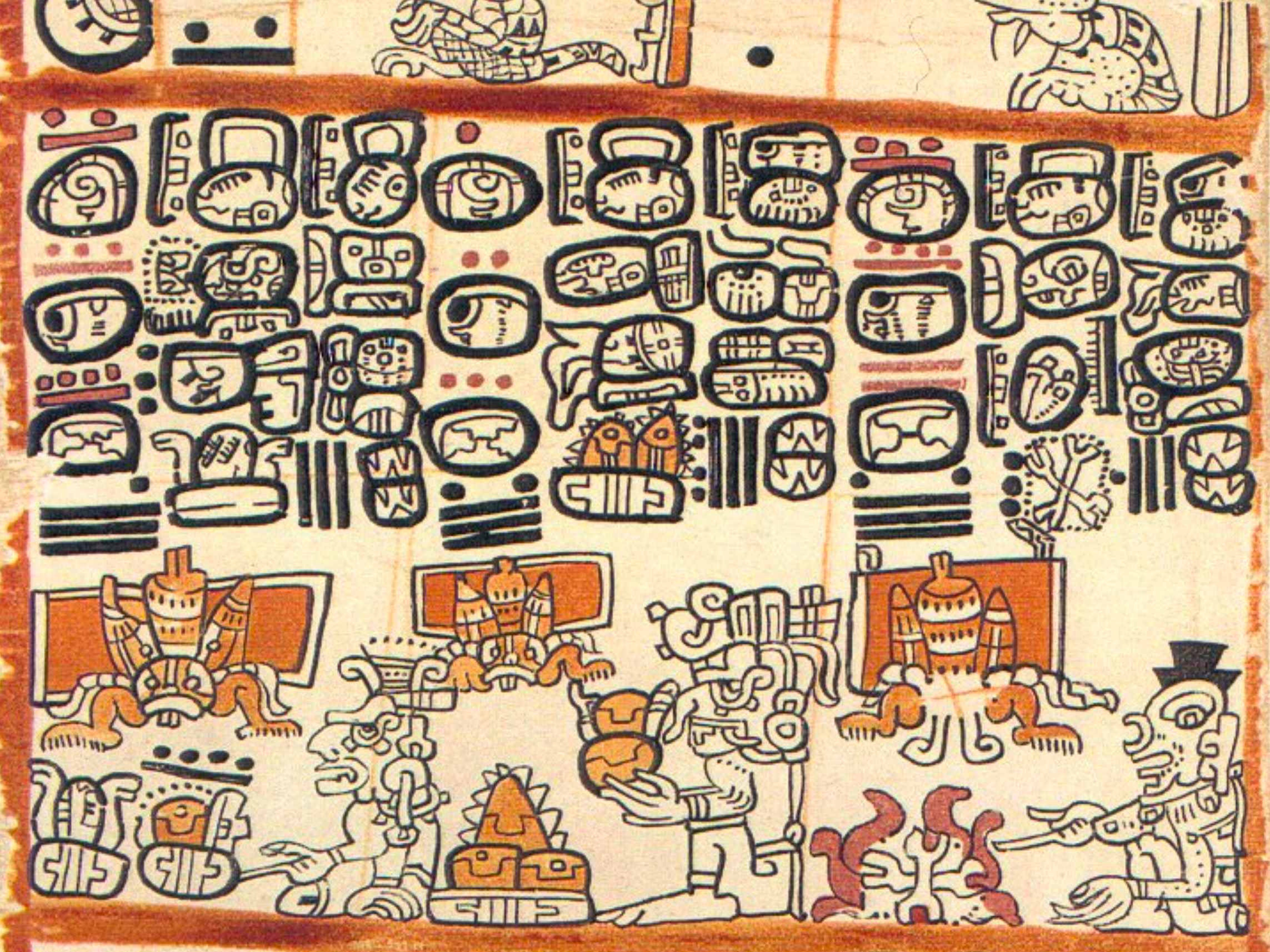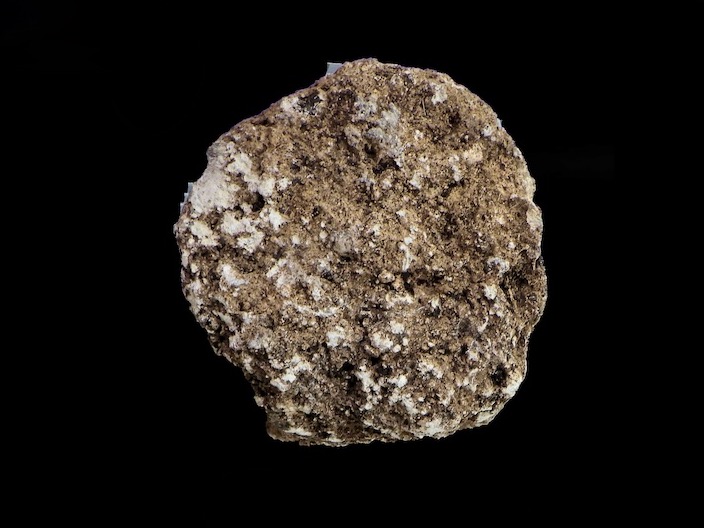Centuries-Old Maya Beekeeping Tools Unearthed in Mexico
Archaeologists in the Yucatán Peninsula found several stone lids used by the pre-Columbian civilization to collect honey from stingless bees
Sonja Anderson
Daily Correspondent
May 23, 2024

This page from the Madrid Codex depicts the Maya honey harvest. Rendered by Charles Étienne Brasseur de Bourbourg
As far back as 3,000 years ago, the ancient Maya practiced beekeeping. Their cultivation of sacred stingless bees—still emulated in the Yucatán Peninsula today—provided both pollination for their crops and honey to use in food, rituals and medicine.
Now, archaeologists in the Mexican state of Quintana Roo have discovered tools linked to these Indigenous apiarists: three carved limestone lids, which the Maya once used to plug the hollowed-out logs that housed their bees.
The circular lids—also known as panuchos—measure about 8 by 10 inches, says Carlos Fidel Martínez Sánchez, an archaeologist at Mexico’s National Institute of Anthropology and History (INAH), in a statement. The artifacts date to the Maya Postclassic period, which spanned roughly 950 to the early 1500s, when the Spanish conquest took place.

The limestone caps once plugged hollow logs where bees made their nests. INAH
“Only one of them is preserved in good shape, while the other two show a high degree of erosion,” Sánchez adds.
At first, the researchers thought they were excavating a wall. But after discovering the lids, they concluded the site was once an apiary—specifically, a meliponary dedicated to cultivating Melipona beecheii, the Maya’s “sacred bee,” per Mexico News Daily. Native to Mexico, the species has no stingers. The now-endangered bees live in small colonies in hollow trees, producing a potent, citrusy honey.
More:
https://www.smithsonianmag.com/smart-news/centuries-old-maya-beekeeping-tools-unearthed-mexico-180984405/

